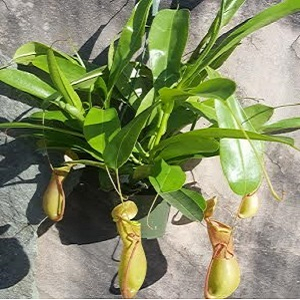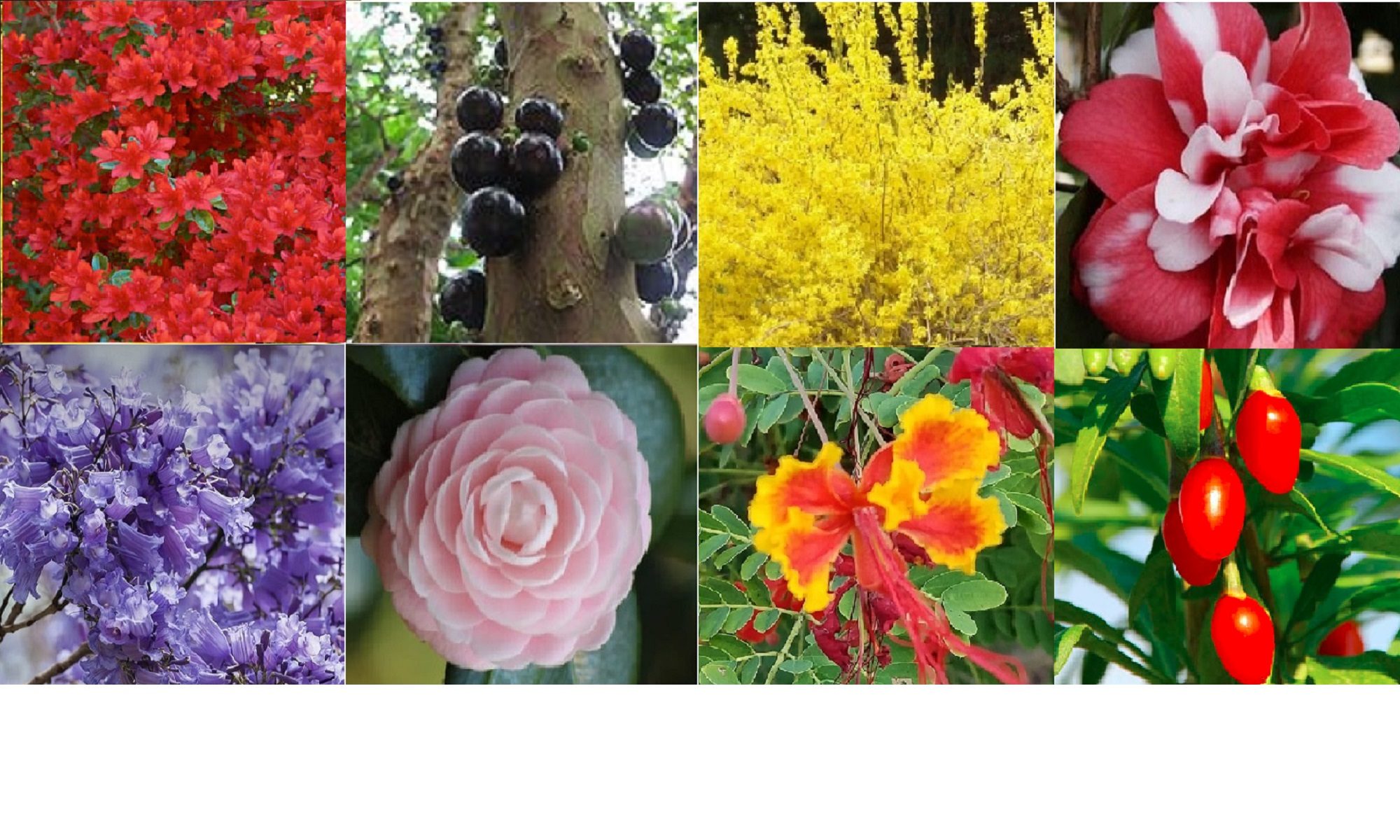
Growing a Nepenthes bug eating plant is not a difficult task but basic knowledge and tips are always helpful in order to have a healthy plant with beautiful looking pitchers. Some examples of lowland Nepenthes ate N. Alata (Yes, Adenuimrose Company has them now in stock), N. Eymae, N.khasiana, N. mirabilis, N. ventricosa and many others. Here are basic helpful growing tips to achieve the healthiest lowland Nepenthes bug plant possible:
- Light: Nepenthes, a pitcher plant, needs a few hours of bright 50% sunlight. If the plant is kept indoors use a light with a wide spectrum and far enough away from the plant to avoid burning or overheating the plant.
- Temperature: There are lowland and highland Nepenthes bug plants. Focusing on lowland Nepenthes carnivorous plant – they like warm and humid weather. They enjoy days around 75-85 degrees Fahrenheit and nights between 65-75 degrees Fahrenheit. If you live in an area that has cold winters, during this time bring your carnivorous Nepenthes pitcher plant indoors.
- Planting Medium: Nepenthes enjoy a sphagnum moss, peat moss, and/or perlite mix. Make sure these don’t have any type of fertilizer or plant food. These plants enjoy there planting medium to be constantly moist – not dry. Bug eating plant Nepenthes should potted be in an easy draining pot so the plant does not drown. Make sure to rinse off all potting medium with distilled water to remove any chemicals since you Nepenthes does not like chemicals, fertilizer or plant food.
- Food/Water: The pitcher plant Nepenthes eat insects. The “pitcher” should have water inside of them at all times. If outside, the carnivorous plant should not need any feeding because it will eat all insects that enter into its pitchers. Remember not to fertilize or add plant food to your carnivorous plant Nepenthes. All nutrients it needs will come from the insects. Fertilizers, plant food and other planting chemicals will harm your Nepenthes bug plant. If you keep your bug plant Nepenthes pticher plant indoors remember to occasionally add a few insects into its mature pitchers occasionally using tweezers.
Pitcher plants are great for beginners and seasoned bug eating plant collectors. These are great beginner learning tips that should keep your Nepenthes alata bug eating plant looking glorious and healthy for many years. If you have any questions feel free to post below. Treat your carnivorous plant Nepenthes with love and it will give you beauty!

